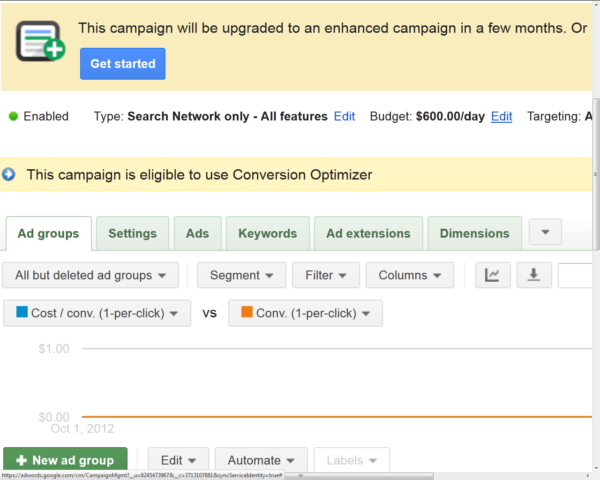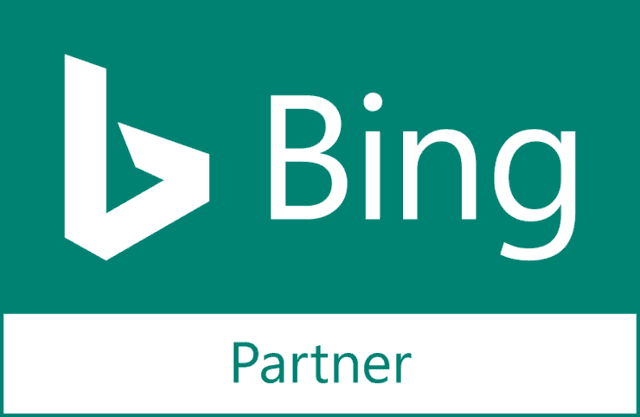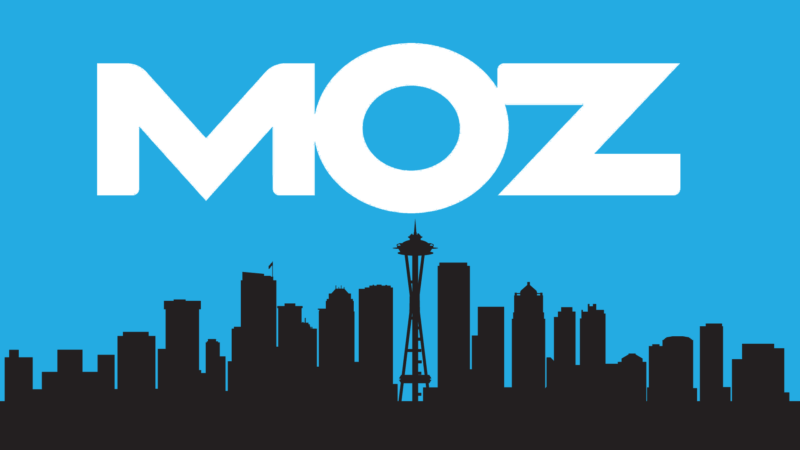Return of the Marketer
Every time Google adds a new feature to the AdWords platform, it throws marketers into a little disarray. Marketers quickly scramble to figure out how they’re going to utilize the new feature. The marketer’s main interest is to keep tight control of their accounts. This time, Google has decided to play hardball with their new Google Enhanced Campaigns. Google has struck back where it counts the most – right in the heart of PPCers’ desire to segment.
But, there’s a new hope. All is not lost. I’ll try to provide some details of the new Google Enhanced Campaigns, and then try to provide my own insight into them.
They’ve gone and messed with Ad Extensions
Before you get too worried, this is the part everyone will love.
Call Extensions:
- Google call tracking numbers are free on Enhanced Campaigns. Additionally, they give the option for calls lasting at least 60 seconds to be tracked as a conversion.
- Ad Groups can be blocked from different call extensions or have their own selected ones.
- Call Extensions now have their own dayparting.
- You must opt into Upgraded Call Extensions.
Sitelinks Extensions:
- Ad Groups can be blocked from different sitelinks extensions or have their own selected ones.
- Individual links may be selected for different ad groups, as well.
- Sitelinks Extensions now have their own dayparting.
- You must opt into Upgraded Sitelinks Extensions.
The Extra Features of Enhanced Campaigns
The Good:
- Each geography has a different percentage bid than the campaign.
- You can determine which local listing appears per ad.
The Bad:
- Tablets are now part of desktops but have separate reporting.
- Ads have a device “preference” setting to run on mobile only.
- Keyword bids are for the desktop level. Mobile is a percentage based off of that. You can bid out of mobile but not desktop.
That’s right. You read it right there. There is no longer a way to have tablets separate or to have clearly segmented smartphone campaigns. Ugh!
Fear not, for marketers like me are feverishly working on a solution. That “preference” setting is only initiated if there is not a desktop ad to be served up. Google said they’ll try to abide by the preference as much as possible, but my limited tests have shown this is only sort of true.
My Possible Solution
I started by bidding out (decrease by 100%) of Mobile Devices on my desktop campaign. This was a local branded campaign with insufficient traffic to warrant a separate tablet campaign. With the smartphone campaign, I opted into the mobile ad as “Mobile.” I set the bids for both at the exact same amounts.
Low and behold, the mobile campaign still received some desktop impressions. My next step was to reduce the keyword bids by 50% and increase the mobile modifier by 100% (increase 100%). This still failed to stop all desktop impressions, so I went stronger in this direction. I cut the keyword bids in half again (25% of their original bids) and increased the multiplier another 200% (increase 300%). I still have yet to see any desktop impressions since that time on the mobile campaign. Only time will tell.
The caveat to this trick is a strong warning. Any bid changes on the keywords for the mobile campaign will be a four-times differential. That means that for every $0.01 change it will reflect a $0.04 change. That could be potentially very costly, but the alternative may be wild inefficiencies in my mobile campaigns.
How Does This Help Strike Back?
This potentially allows us to circumvent Google’s new form of control, but there is really a silver lining in all of this. I believe, at the core of this change is Google’s desire to trigger more keywords currently stuck in the “Low Search Volume” abyss. Think about it for a moment. “Low Search Volume” is where the current targeting for a particular keyword is based on the number of searches for the keyword’s targeting criteria. How many tablet and smartphone (or WAP ad) campaigns have many more “Low Search Volume” keywords than their desktop counterparts? Google has no algorithmic way of determining whether these should run and is thus forcing a way. Now that the smartphones will also show desktop and tablet targeting, many of the affected keywords will suddenly be triggered. This will increase competition, and thus increase CPCs. This may also create new opportunities for long-tail keywords.
Of course, this change will also be like a wrecking ball through well-established account strategies. But, that’s where the marketers can reclaim victory from the jaws of defeat.
Note:
I am running an additional test. It may fail dismally, and so I am running it only on-brand campaigns. Continuing with the notion that expanded targeting alleviates more of the “Low Search Volume” issue, I have added “United States” to my campaigns and reduced the percentage bid on them as far as they will go (decrease 90% is the best on geographical bidding). This means that the United States may show searches for the keywords, but hopefully, it never sees the first page outside of my desired geography.
Obviously, this is a risky test, even though the bids are at 10% of the original. This creates an additional risk for the mobile campaign, as the mobile percentage increase means they may run at 40% (10% of 400%). “Low Search Volume” is only reanalyzed once-per-week, so it will be a short-lived test.
Hopefully, new 3-meter exhaust ports appear in the veritable Death Star that Google has sent us up against.






